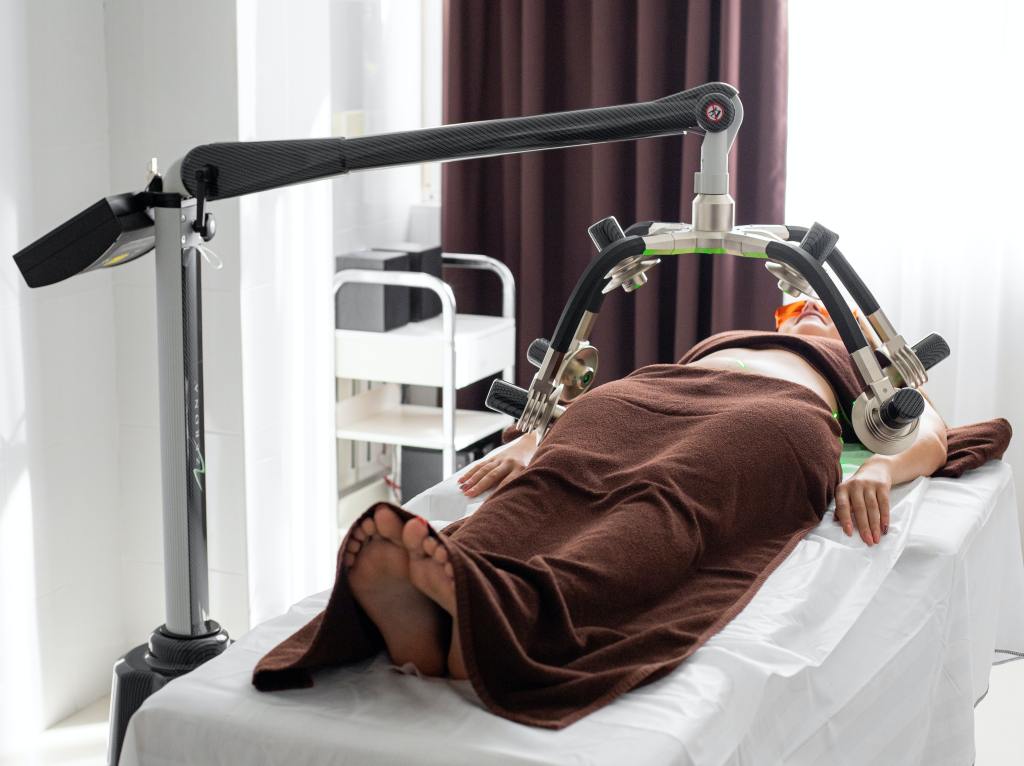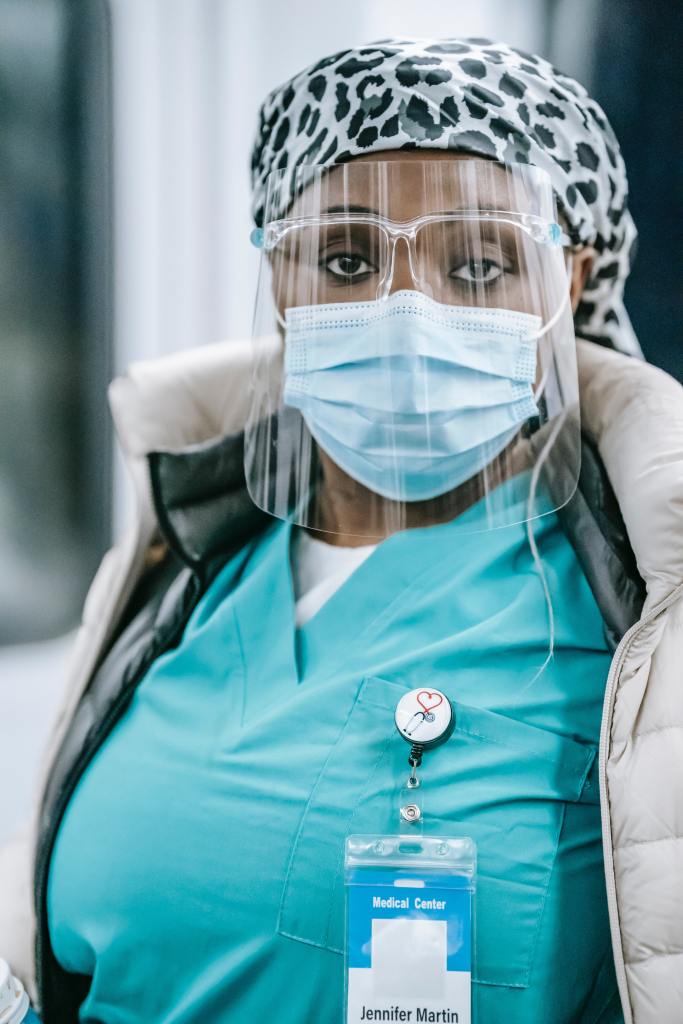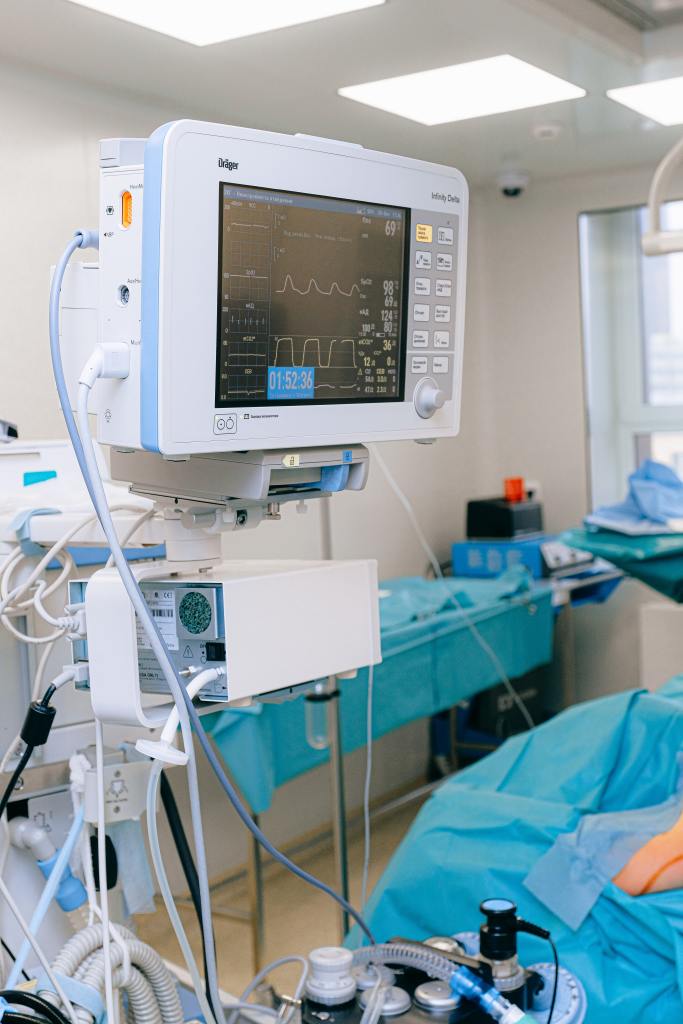
A cardiologist skilled in surgery center development and multi-specialty practice management, Dr. Rajan Bhatt is the founder and CEO of Spectrum Dermatology, Spectrum Plastic Surgery, and Valley Surgery Center. Additionally, Dr. Rajan Bhatt is a member of the American College of Cardiology (ACC).
ACC’s mission is to improve heart health in the United States and around the world through innovation and information dissemination. In July 2022, following a tragic mass shooting in Buffalo, New York, ACC joined hands with the Buffalo Healthy Corner Initiative, Higi (a healthcare company), and Foodsmart to launch Buffalove Caring Hearts Initiative. The program will offer ongoing cardiovascular health support to residents of Buffalo while boosting their food security.
Tragedies put a strain on communities and may increase the risk of strokes and heart attacks. Through the Buffalove Caring Hearts Initiative, ACC is taking steps to prevent such adverse outcomes by proactively addressing the cardiovascular needs of residents.
The Healthy Corner Store Initiative (HCSI) already has a robust presence in Buffalo. Together with Higi, ACC will place Smart Health Stations into HCSI’s network of stores in Buffalo. At these stations, community members can measure their weight and blood pressure, receive guidance on their risk of heart attacks, and access ACC’s CardioSmart patient engagement program for additional information on heart health.


